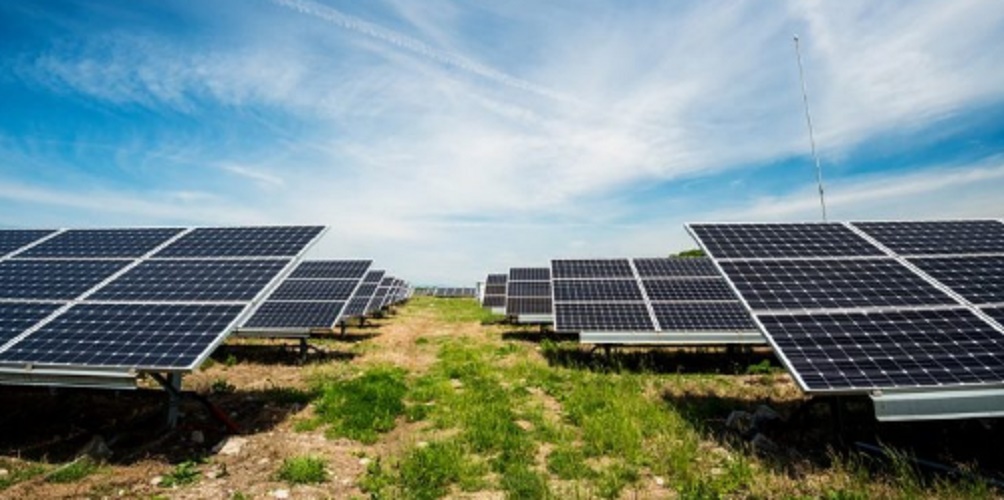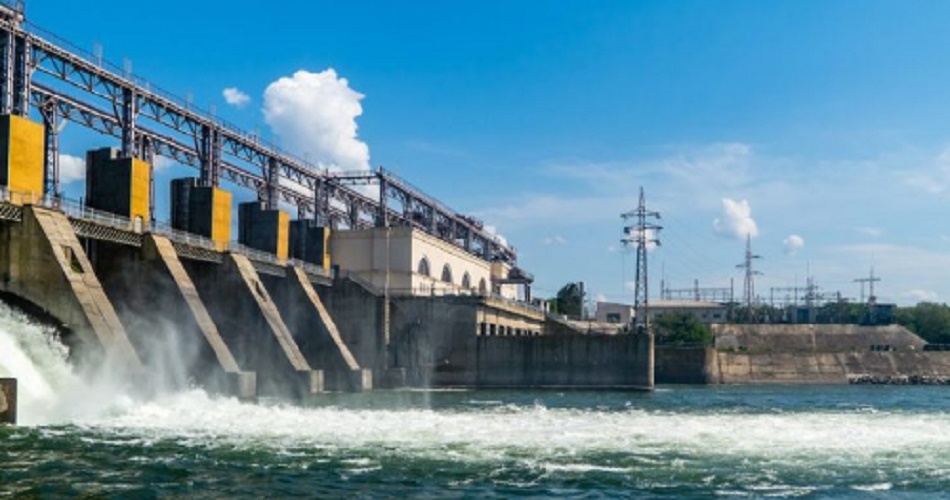What are renewable energies?
We explain what renewable energies are, the importance they have and the types there are. Its advantages and non-renewable energy.
-
What are renewable energies?
When we talk about renewable or sustainable energies, we mean those that can be used sustainably over time without risk (or with a minimum risk) of being exhausted or extinguished.
They usually refer to natural sources of energy capable of replenishing over time , which is why they are also known as alternative energies or, in some cases, as green energies or ecological energies, as they may imply lower environmental impacts than traditional sources of energy
In the contemporary world, humanity’s energy demand is extremely high , both for industrial, commercial, transportation or basic livelihood purposes for homes.
Since the Industrial Revolution , when this growing demand began, different methods have been used to satisfy it, usually at the expense of the environment : pollution , destructive mining, logging, burning, etc.
Renewable energies are in that sense safer, but generally less efficient and not always profitable , as they depend on the specific geography of the region. For example, wind energy requires large plains or windy coasts; the solar large areas of land under the sun; and large hydroelectric drops water .
So far the known renewable energies are:
- The tidal power , which harnesses the movement of the tides.
- The solar energy , which collects the thermal radiation from light and the sun.
- The wind , which employs fields turbines with blades as windmills to harness the thrust of the wind.
- The hydropower , mobilizing turbines strength falls natural or artificial water.
- The geothermal energy , which uses the high temperature of the earth ‘s subsurface to evaporate water and generate electricity or heat.
- The energy wave that capitalizes on the strength of the waves on the sea coast.
- The biomass or biofuel , combustible organic developed from waste organic matter.
-
Importance of renewable energy

Facing complicated climate scenario the XXI century faces, renewable energies are of vital importance in reducing emissions of CO2 and other gases of greenhouse polluting the waters and the atmosphere , thus generating greater global warming .
Since energy consumption cannot be limited in a hypertechnological and industrialized world, its sources could at least be replaced as much as possible with more environmentally safe ones.
However, there is no method of obtaining energy that is 100% safe for the environment and has no impact on it.
On the other hand, the depletion of fuel resources (coal, oil , uranium) would be a global economic problem in the long term, which would justify wars and cause humanitarian catastrophes, since goods are limited and scarce in the face of an increasingly global population big.
-
Types of renewable energy
Renewable energies are classified into two types:
- Contaminants . Energy sources such as biomass, biofuels or organic fuels, are completely renewable but not therefore safer environmentally. In fact, the combustion process they undergo generates gases as toxic and harmful to the atmosphere as traditional fossil fuels .
- Nonpolluting . Although its installation and operation generally has a minimum of ecological impact, whether in the transformation of natural areas, lake dams, etc., there are other forms of renewable energy whose exploitation does not systematically damage the environment, such as the solar , wind , geothermal or tidal power , as its basic phenomena (sun, wind, terrestrial heat, tides) continue to occur, used by the human being or not.
-
Advantages of renewable energy

The advantages of renewable energy are clear:
- They do not depend on a raw material whose market can fluctuate and make the acquisition more expensive.
- They generally have less long-term environmental effect than traditional energies.
- They take advantage of resources that occur equally, take advantage or not.
- They allow low-income countries to obtain energy by taking advantage of their own geography instead of buying raw materials or, worse, electricity.
-
Nonrenewable energy
On the contrary, there are numerous non-renewable energy sources, which take advantage of mineral and organic resources whose formation took thousands of years, such as oil, coal or uranium. Despite being very powerful and effective, these methods have their days counted, as their raw material is not generated at a fast enough rate.
Non-renewable energies are:
- Burning oil and other fossil fuels (coal, natural gas)
- The nuclear energy (especially the fission of the atom of uranium).




